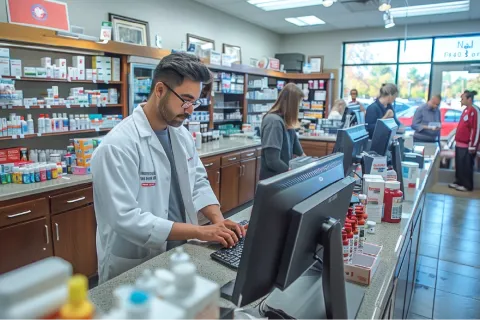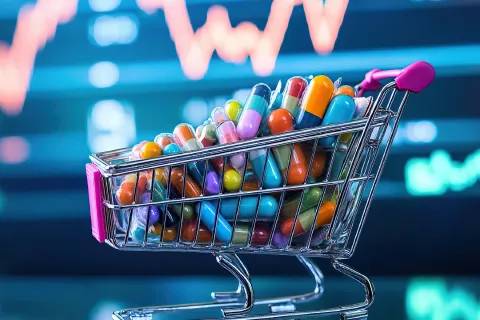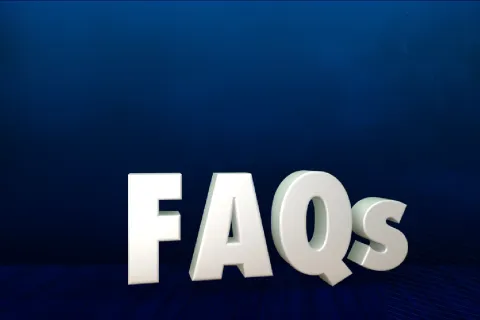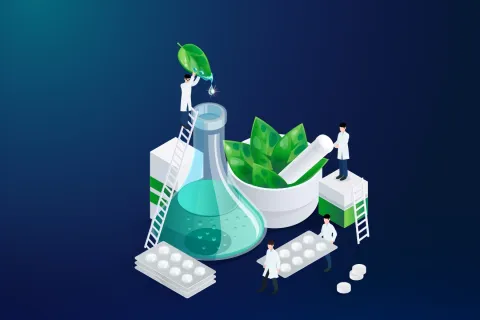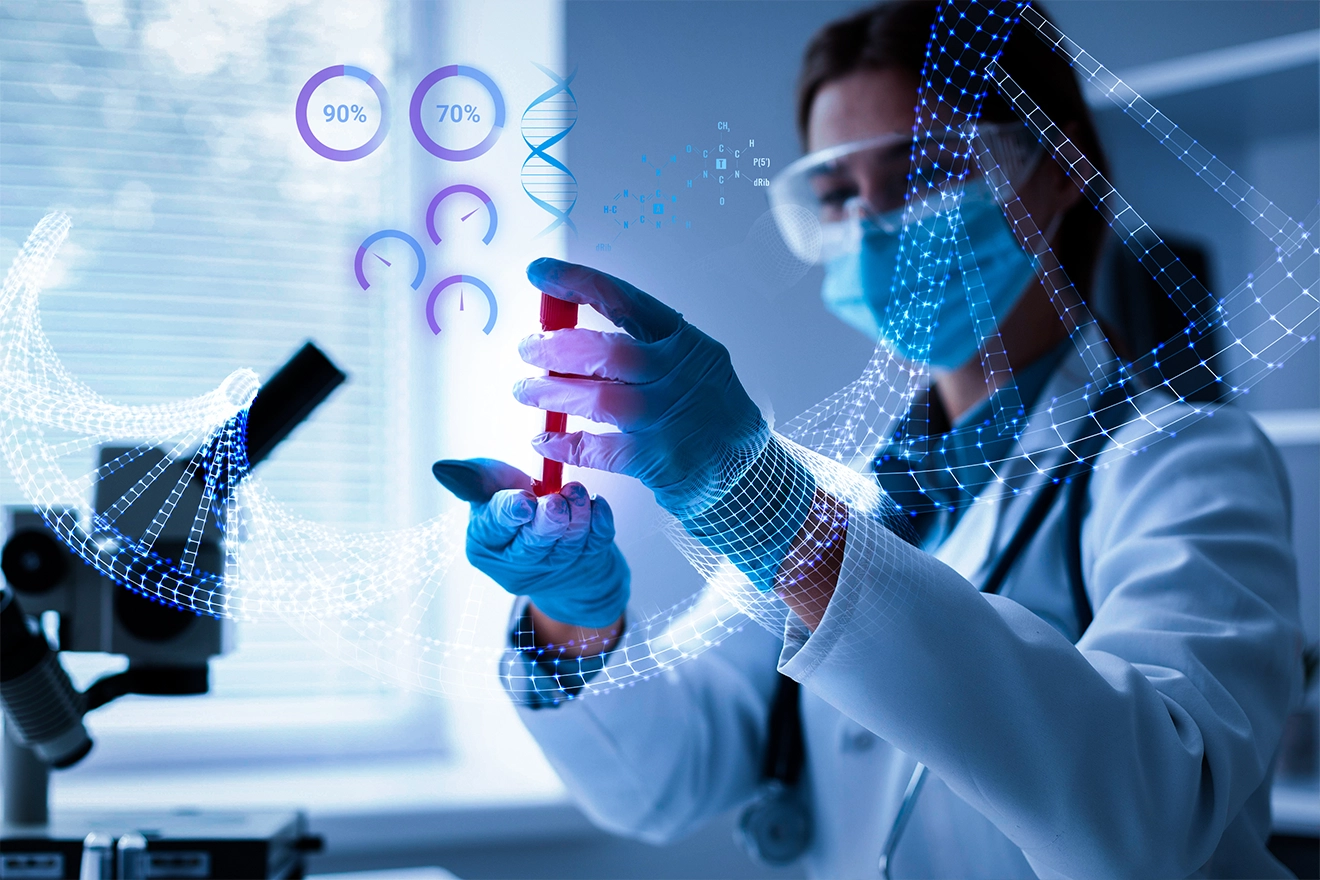
In the ever-evolving world of pharmaceuticals, ensuring patient safety remains a paramount concern. As new drugs emerge and treatment options expand, the importance of pharmacovigilance, the science of monitoring and evaluating drug safety, has never been greater. To address the growing complexity of pharmacovigilance tasks and enhance the effectiveness of drug safety surveillance, the industry is embracing the transformative power of artificial intelligence (AI) in pharmacovigilance and cutting-edge technology.
AI: A Catalyst for Enhanced Pharmacovigilance
The challenges faced by traditional pharmacovigilance methods include manual data collection, limited scalability, and delayed reporting, which can lead to potential risks going unnoticed. Artificial intelligence (AI) in pharmacovigilance is poised to revolutionize and introducea new era of proactive, data-driven safety monitoring. By harnessing the power of AI algorithms and machine learning techniques, pharmacovigilance professionals can gain unprecedented insights into drug safety signals and patterns, enabling earlier detection of potential adverse events and improved risk management strategies.
- Signal Detection and Analysis: AI algorithms can analyse vast amounts of data from multiple sources, including spontaneous reports, electronic health records, and social media, to identify potential safety signals. This real-time analysis allows for early detection of emerging risks and timely intervention to mitigate harm.
- Risk Assessment and Prioritization: AI-powered tools can assess the severity and likelihood of adverse events, enabling pharmacovigilance teams to prioritize cases and allocate resources effectively. This risk stratification approach ensures that the most critical safety concerns receive prompt attention.
- Predictive Modelling and Pattern Recognition: AI can identify patterns in adverse event data, revealing hidden correlations and potential causal relationships between drugs and adverse reactions. This predictive modelling capability allows for proactive risk mitigation strategies and targeted interventions.
- Automated Case Processing and Reporting: AI can automate routine tasks such as case intake, processing, and coding, freeing up pharmacovigilance professionals to focus on higher-level analysis and decision-making. This automation streamlines workflows and improves efficiency while reducing the risk of non-compliance.
- Drug Repurposing and Development: AI can aid in identifying new uses for existing drugs and in predicting potential adverse effects during the drug development process, thereby improving the overall safety profile of medications.
- Automated Literature Review: AI can automate the process of reviewing scientific literature and identifying relevant studies related to drug safety, enabling pharmacovigilance professionals to stay updated with the latest research findings and developments in the field.
- Data Quality Assurance: AI can help ensure data quality and consistency by identifying and resolving inconsistencies, errors, and missing data in pharmacovigilance databases, thereby improving the overall reliability and accuracy of pharmacovigilance activities.
- Predictive Analytics: AI models can predict potential safety issues associated with new drug candidates during the early stages of drug development, allowing researchers to proactively address safety concerns and optimize the drug development process.
Technological Innovations: Enhancing Pharmacovigilance Capabilities
Beyond AI, a range of technological advancements are further enhancing pharmacovigilance capabilities, providing new tools and approaches for comprehensive drug safety surveillance.
- Natural Language Processing (NLP): NLP algorithms can extract and analyse unstructured data from sources such as medical literature and social media posts, identifying potential safety signals that might otherwise go undetected.
- Big Data Analytics: Pharmacovigilance teams can leverage big data analytics platforms to handle the vast volume and variety of data generated from multiple sources. This enables comprehensive analysis and identification of trends and patterns.
- Real-World Data (RWD): RWD, including electronic health records, wearable device data, and patient-reported outcomes, provides a real-time view of drug safety in real-world settings, complementing traditional clinical trial data.
- Blockchain Technology: Blockchain can ensure the integrity and traceability of pharmacovigilance data, providing a secure and transparent audit trail for regulatory compliance and data sharing.
A Safer Future with AI-Powered Pharmacovigilance
The integration of AI and technological innovations is transforming pharmacovigilance, ushering in a new era of proactive, data-driven drug safety surveillance. AI-powered tools are enhancing signal detection, risk assessment, and predictive modelling, while technological advancements in NLP, big data analytics, RWD, and blockchain are providing new avenues for comprehensive safety monitoring. As AI continues to permeate the pharmacovigilance landscape, we can expect to witness a paradigm shift in drug safety, ensuring a safer future for patients worldwide. A seasoned partner like Freyr can assist pharma organizations in harnessing the power of AI and technology to enhance pharmacovigilance practices, ensuring the safety of their products, protecting patient well-being, and fostering trust in the pharmaceutical industry.
